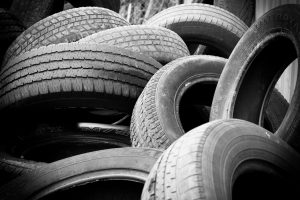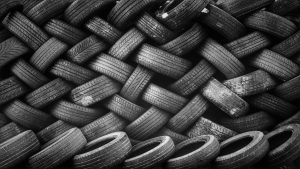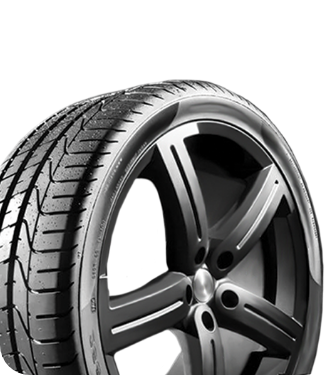

The Tire Manufacturing Process Explained
Tires |Every day across America, millions of people get in their cars and venture off to work, the market, or Grandma’s house. Thousands of miles are driven with little attention paid to the vehicle, its parts, or how it operates. Even less attention is given to the four things that keep the car on the road: the tires. Tires are such an integral part of every vehicle’s operation, yet they go unnoticed unless they are flat. The next time you get in your car or truck, take a minute to thank the tires and all they do for you, because without them you won’t be going anywhere.
The Manufacturing Process
The tire manufacturing process is a lengthy one that takes time, materials, and machines. Every tire is comprised of seven parts: the beads, belt, ply, sidewall, sipe and groove, shoulder, and tread. Each part has its own job, and if any one of them fails, the tire fails, and accidents are inevitable. The first step is the blend. Up to 30 ingredients are used in the rubber blend of a tire. The proportions will depend on the performance goals of the tire. The blend is made up of different types of rubber, fillers, and other ingredients that are mixed in massive blenders until becoming a black, gummy compound. The rubber is cooled, flattened, and sent on for milling. Specialized mills cut the rubber into strips that will form the basic structure of the tire. Building a tire is done in stages by large assembly-style machines. A basic tire is constructed from the inside out. The textile elements, the steel belts, bead, ply, tread, and other components are put into the machines for production. Individual tire companies protect their processes closely, and they all have different proprietary machines that build them. At the end of the build stage, something resembling a tire results, but it’s not a finished product; it is a “green tire” that must go through another process.
Curing a Green Tire
The final stage is the curing stage. The green tire will go through a process called vulcanization. Vulcanization is a chemical process in which rubber is heated with sulfur, accelerator, and an activator at 140–160 degrees Celsius. The process involves the formation of cross-links between long rubber molecules to achieve improved resilience, elasticity, viscosity, tensile strength, and hardness. This makes the tire more durable and pliable; otherwise, it would be as hard as a hockey puck. All the parts of the tire are compressed together, giving it the final shape, tread pattern, and manufacturer’s sidewall markings and logos. For the best service, installation, and tires in Chattanooga, TN, visit RNR Tire Express today. We have tires and wheels for countless makes and models.





